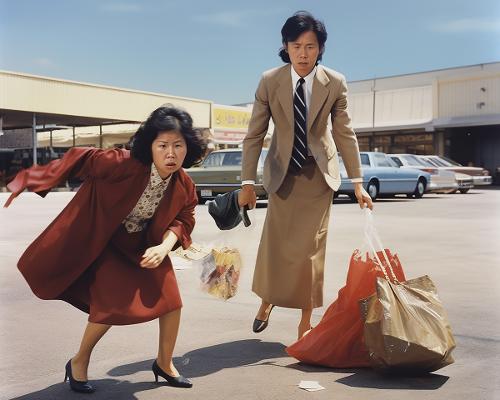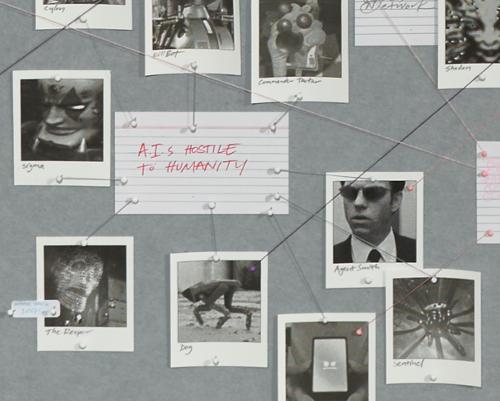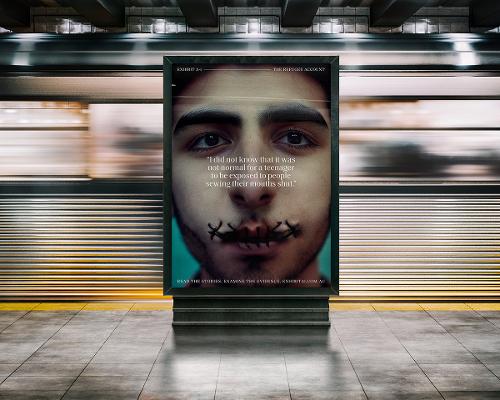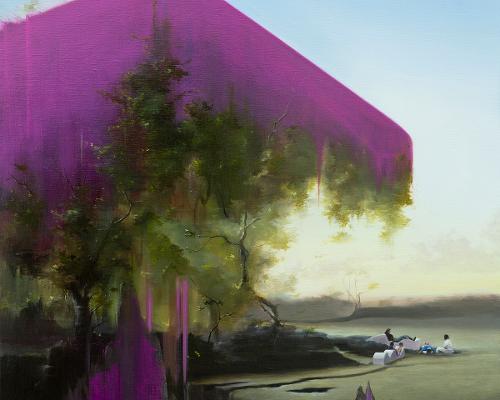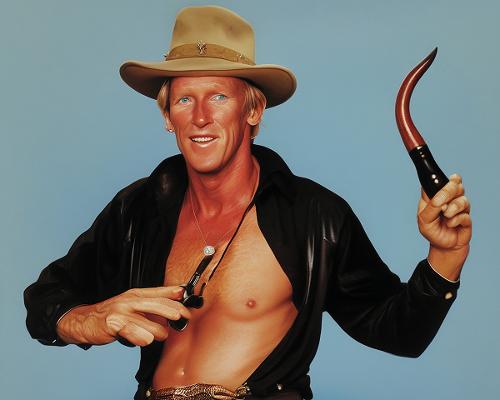The Artlink Archive Project: Digital art from dial-up to AI
In the pre-internet times of 1987, Artlink published its first special issue dedicated to digital media art practice–Art & Technology. A joint project between Artlink, Australian Network for Art and Technology (ANAT) and Apple computers, this milestone issue heralded a new era of digital publishing and provided an overview of digital cultural practice in Australia.

